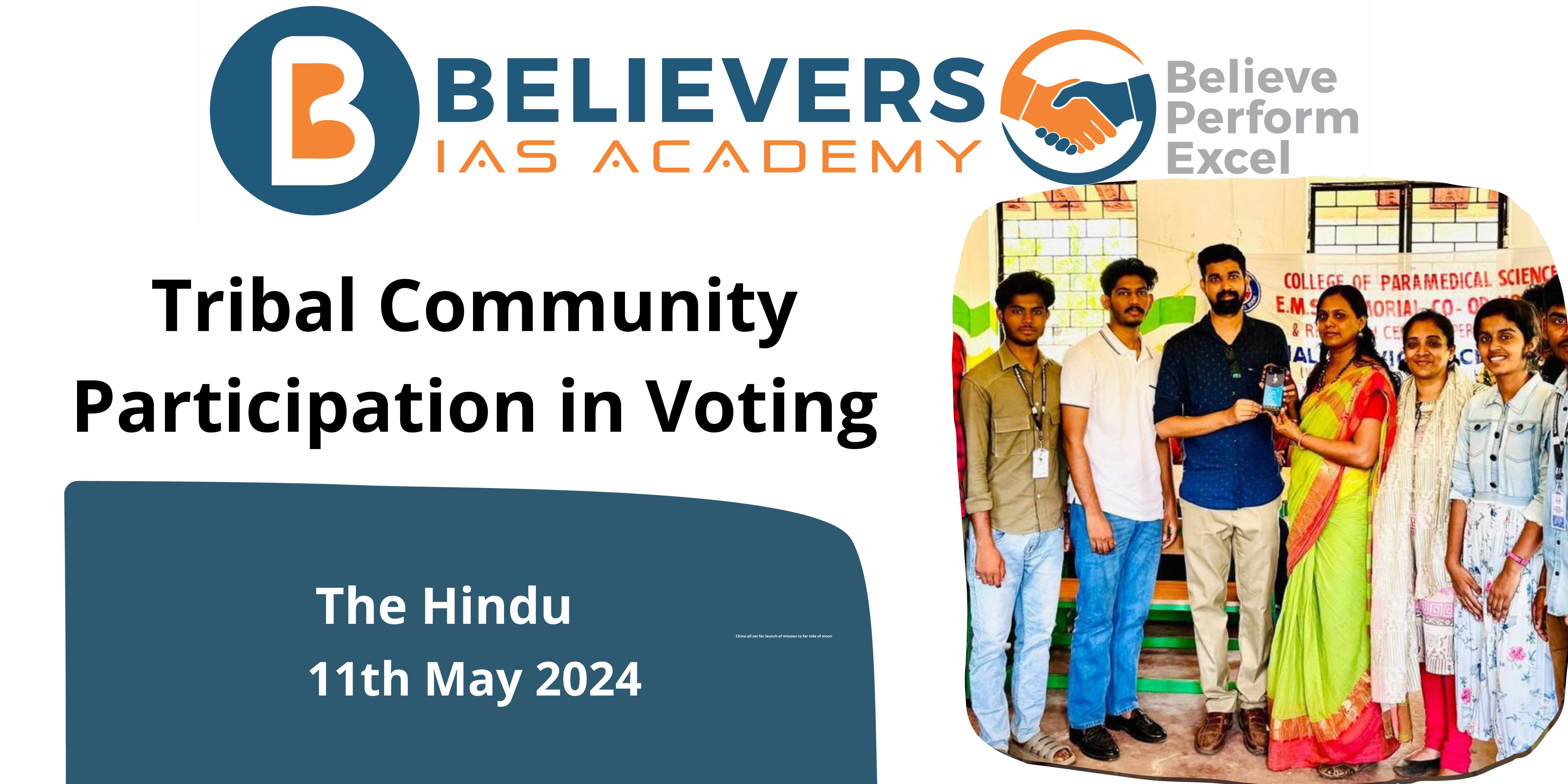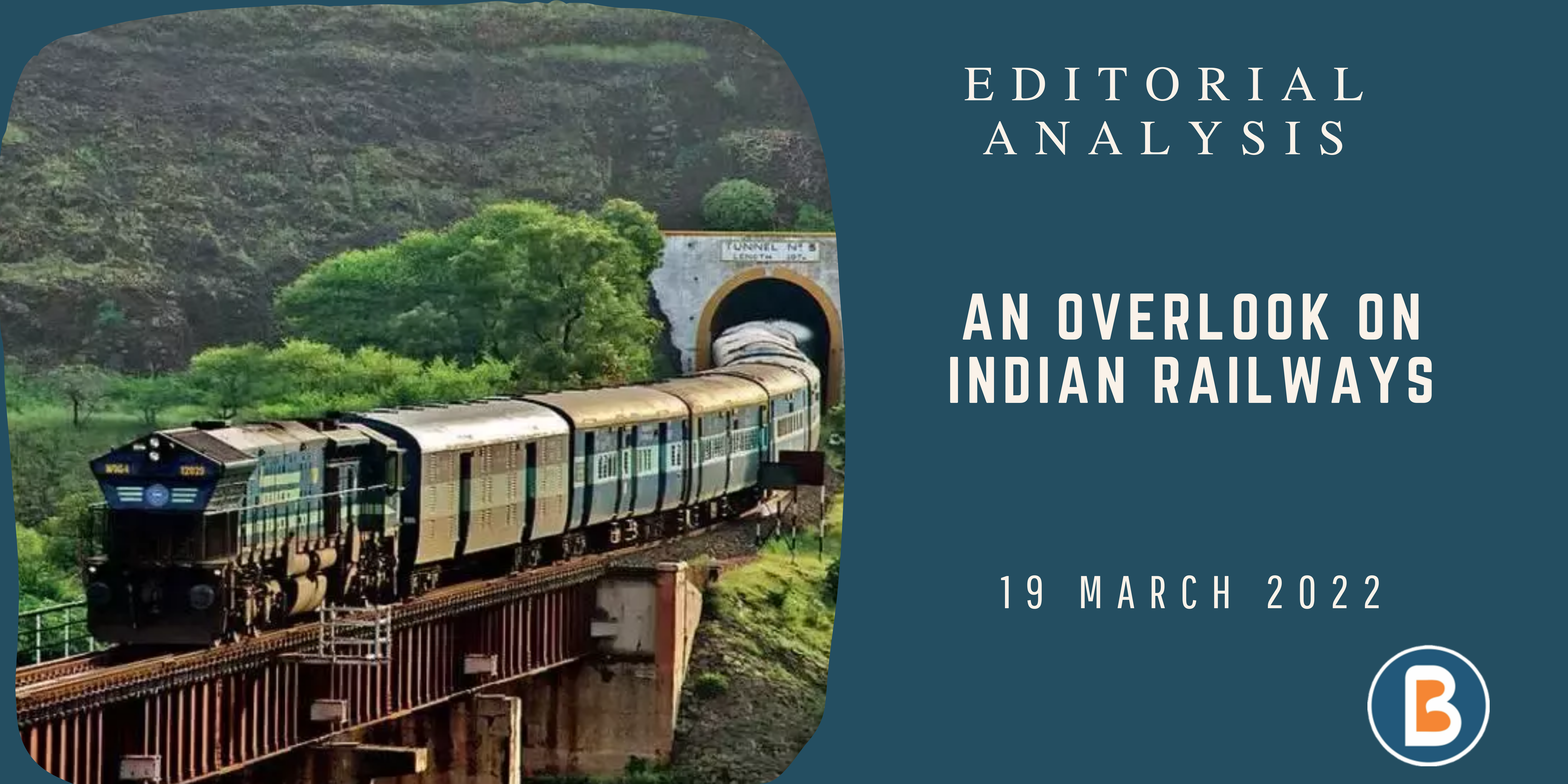Tribal Community Participation in Voting
Context:
Tribal community engagement in voting flourishes as the Election Commission of India’s outreach initiatives yield positive results.
Relevance:
GS – 2 (Government Policies & Interventions, Issues Related to SCs & STs)
Highlights:
- Over the past two years, the Election Commission of India’s efforts to integrate Particularly Vulnerable Tribal Groups (PVTGs) and other tribal communities into the electoral process have resulted in enthusiastic participation in the 2024 General Elections’ phase 1 and phase 2 across various States/Union Territories.
- In a landmark development, the Shompen tribe of Great Nicobar exercised their voting rights for the first time in a General Election.
- Special outreach camps were conducted during the special summary revision for electoral roll updates, targeting specific states with PVTG populations to ensure their inclusion in the electoral register.
- India’s tribal population, comprising 8.6% of the total population, encompasses 75 distinct tribal groups categorized as Particularly Vulnerable Tribal Groups (PVTGs).
- The establishment of new polling booths in previously inaccessible regions has significantly increased the participation of PVTGs in the electoral process.
Particularly Vulnerable Tribal Groups (PVTGs):
- PVTGs, being the most vulnerable among tribal groups, often receive a smaller share of tribal development funds compared to more developed and assertive tribes. This underscores the urgent need for increased funding directed towards their development.
- In 1973, the Dhebar Commission introduced the category of Primitive Tribal Groups (PTGs) to identify tribes that were less developed.
- In 2006, the Indian Government renamed PTGs as Particularly Vulnerable Tribal Groups (PVTGs).
- In response to this, the Indian Government took steps to identify the most vulnerable tribal groups as a distinct category called PVTGs in 1975. Initially, 52 such groups were identified, and by 1993, an additional 23 groups were added, bringing the total to 75 PVTGs out of 705 Scheduled Tribes.
- PVTGs share common characteristics such as homogeneity, small population size, physical isolation, lack of a written language, simple technology, and a slower rate of change.
- Among the 75 identified PVTGs, Odisha is home to the largest number of such groups.



